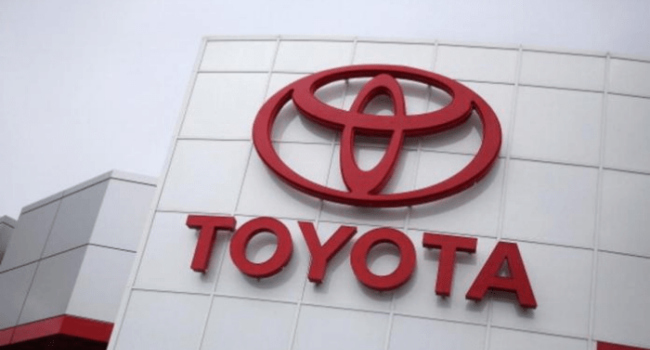The United States National Highway Traffic Safety Administration has announced a recall of 126,691 vehicles manufactured by Toyota, comprising Tundra and Lexus models, due to a potential issue with manufacturing debris that could cause engine stalling. This recall affects vehicles in the US market and is aimed at addressing a safety concern that may pose a risk to drivers and passengers.
According to the NHTSA, the problem arises from debris that may have been left behind during the manufacturing process, which can lead to engine stall. The administration has stated that a remedy for this issue is currently under development and will be implemented as soon as it becomes available. This move is part of the ongoing efforts by regulatory bodies and automobile manufacturers to ensure the safety and reliability of vehicles on the road.
Toyota, a leading global automobile manufacturer, has a history of prioritizing vehicle safety and has issued numerous recalls in the past to address various concerns. The company’s commitment to safety is reflected in its rigorous testing and quality control processes, which are designed to minimize the risk of defects and ensure compliance with regulatory standards.
The recall of these Tundra and Lexus vehicles underscores the importance of ongoing monitoring and maintenance of vehicles to prevent potential safety issues. It also highlights the collaborative efforts between regulatory agencies, such as the NHTSA, and manufacturers to identify and address problems promptly. As the remedy for this issue becomes available, affected vehicle owners will be notified and provided with the necessary instructions to have the issue rectified.
The NHTSA’s announcement serves as a reminder of the critical role that regulatory oversight plays in ensuring the safety of road users. By taking proactive measures to address potential safety concerns, automobile manufacturers and regulatory agencies can work together to reduce the risk of accidents and protect the public. As the automotive industry continues to evolve, with advancements in technology and manufacturing processes, the need for vigilant safety monitoring and swift action to address concerns will remain a top priority.
